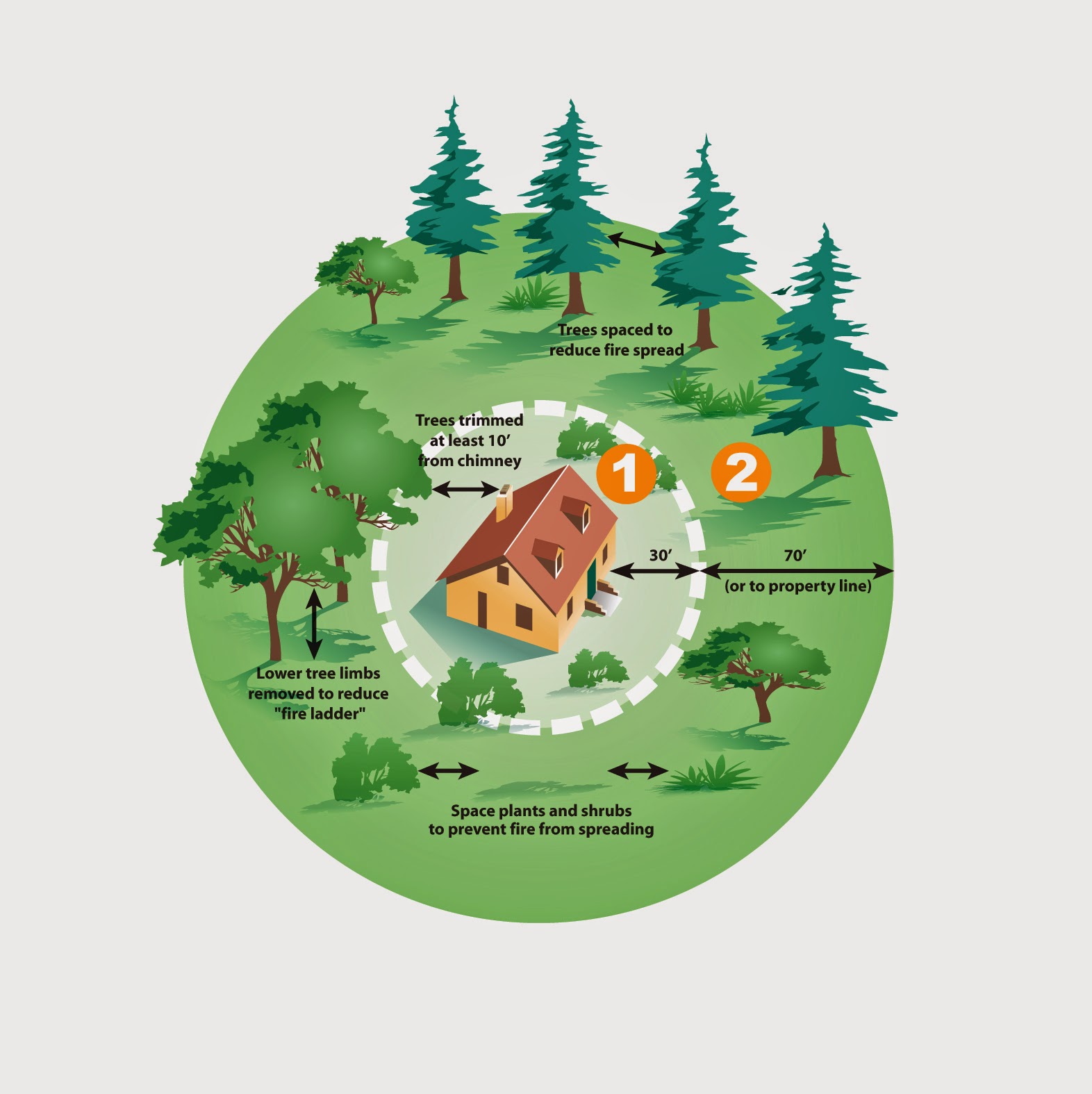
Hail survivors played a key role in last weekend’s 25th anniversary Jeffco Master Gardener Harvest Show. Top winners in several show divisions were among gardeners “wiped out” by the devastating July 20 hail and other hail storms before and after that big one. Some entries were from plants that had recovered from the damage. For others, the judges were lenient in grading blemishes caused by the hail. A few came from plants in sheltered spots where they escaped damage.
In all, there were 277 entries in the show, held Friday, August 21, through Sunday, August 23, at Echter’s Garden Center in Arvada. The annual competition, staged by Jeffco Master Gardeners, was open to all gardeners near and far. It included vegetables, herbs, fruit, annual and perennial flowers, floral arrangements, container plants, cuttings from trees and shrubs, educational displays, garden photos, and scarecrows.

Diane, Rebecca and Michelle Sullivan of Arvada stand beside their garden scarecrow entered in the Jeffco Master Gardeners Harvest Show. The scarecrow was awarded a champion ribbon, as was Diane’s arrangement of dried plant materials.

Norma Faes, a Master Gardener from Golden, holds her champion thyme entry in the herbs division of the Jeffco Master Gardener Harvest Show held last weekend in Arvada.

Karl Tomaschow of Arvada won the championship of the vegetable division with the eggplant shown here. Karl grows a number of different vegetables in containers. All were wiped out by hail this year, but Karl coaxed most of them back into production, and was able to exhibit a variety of vegetables in the Master Gardener show.

Paul Luzetski, a Master Gardener apprentice from Evergreen, won champion in garden photography and reserve champion in everlasting flowers. His everlasting entry, three sprays of globe thistle (echinops), is shown here.

Show winners-web – Jack Shea (right) of Lakewood and Duane Davidson, Arvada, were overall champion and reserve champion among Master Gardeners who exhibited at the Harvest Show. They scored the most points in a tabulation of ribbon-winning entries by Master Gardeners in all divisions of the show. The gardens of both men suffered severe damage in the July hail storm.

A pair of single dahlia flowers entered by Linelle Zimmer, an apprentice Master Gardener from Golden, was awarded reserve champion in the bulbs, corms, and tubers division of the show. Other Golden award winners were Mary Kirby, champion rose, and Jim Faes, reserve champion vegetable (carrots). Other awards won by Lakewood residents were Cheryl Mulhauser, champion container plant (orchid), Jack Shea, reserve champion rose, and Jane Thorell, reserve champion, garden photography. Top award winners from Littleton were Mike Boyle, champion perennial flower (hibiscus) and Peter K. Szilagyi, reserve champion annual flower (cleome). Division award winners from Arvada were Duane Davidson, champion annual flowers (asters) and Charlotte Gottlieb, reserve champion floral arrangement. Tom Taggart of Wheat Ridge received the reserve champion award in the educational exhibits division for his display of mushrooms and bonsai.
More Pictures by Heirloom Fan






).jpg)
















